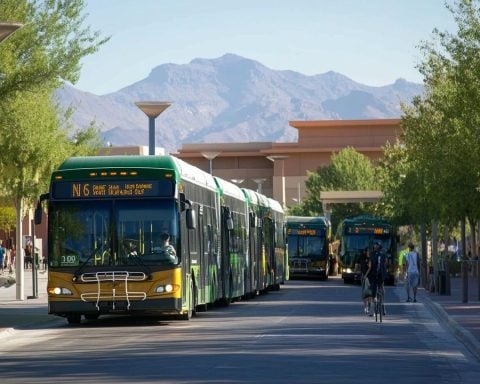Drones, also known as unmanned aerial vehicles (UAVs), have become ubiquitous tools for numerous applications, from photography to delivery services. But have you ever wondered how these flying devices maintain their balance and navigate through the skies?
At their core, drones function through a combination of aerodynamics, precise control systems, and advanced technology. Most consumer and commercial drones are quadcopters, equipped with four rotors. These rotors are crucial for stabilization and maneuverability; they adjust their speed independently to control the drone’s direction and altitude. This is governed by a central flight controller that processes incoming data from sensors such as gyroscopes and accelerometers, ensuring the drone remains stable.
Communication plays a significant role in drone operation. Drones are typically controlled via a radio signal from a remote controller or a smartphone app. This link not only allows the pilot to manipulate the drone’s movements but also enables real-time video and data transmission, thanks to onboard cameras and sensors.
Navigation is achieved through a combination of GPS technology and onboard sensors. GPS allows the drone to maintain a fixed position, plan routes, and return to its launch point with precision. Advanced models come equipped with obstacle detection systems powered by vision sensors or infrared technology, enhancing their ability to avoid collisions autonomously.
In summary, drones are marvels of modern engineering, integrating sophisticated technologies to remain airborne and perform tasks with remarkable accuracy. Understanding how they work unveils the layers of innovation that have turned these once futuristic devices into everyday tools.
The Surprising Ways Drones Are Transforming Daily Life
The rapid integration of drones into various sectors is reshaping how we live and work, beyond their basic flying capabilities. With their precise flight mechanics and sophisticated control systems, drones are causing ripples in several communities and industries worldwide.
Medical Deliveries in Remote Areas: One of the most impactful uses of drones is in healthcare, particularly in delivering medical supplies to hard-to-reach areas. Countries like Rwanda and Ghana have effectively utilized drone technology to transport blood and vaccines to remote clinics efficiently, saving countless lives.
Environmental Monitoring and Conservation: Drones are invaluable in environmental conservation efforts. Equipped with high-resolution cameras, they monitor wildlife, track poaching activities, and assess the health of forests and water bodies. Their ability to cover large areas with minimal human disruption makes them ideal for conservation projects globally.
Humanitarian Aid and Disaster Relief: Drones have become crucial in disaster response, providing quick aerial assessments of areas affected by natural calamities and delivering essential supplies to isolated regions. Their real-time data helps organizations plan more effectively, enhancing rescue and relief operations.
Challenges and Controversies: Despite their advantages, drones raise privacy and security concerns. The potential for misuse in surveillance and unauthorized data collection has sparked debates on regulation and ethical usage. There are ongoing discussions on how governments and communities should balance these concerns with the benefits drones provide.
For further exploration of drone technology, visit DJI and Parrot. These companies are at the forefront of developing cutting-edge UAVs that continue to shape our world.























